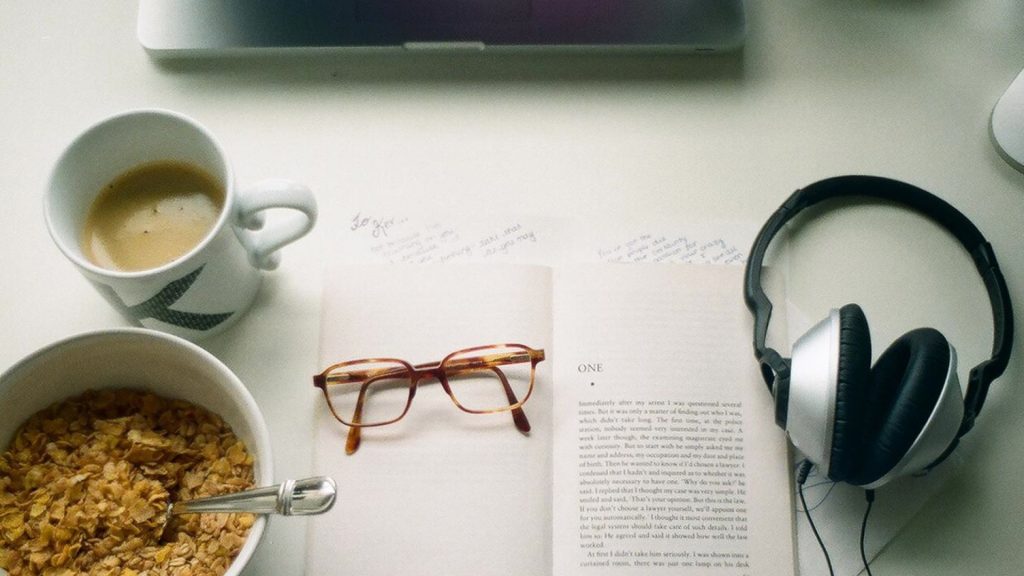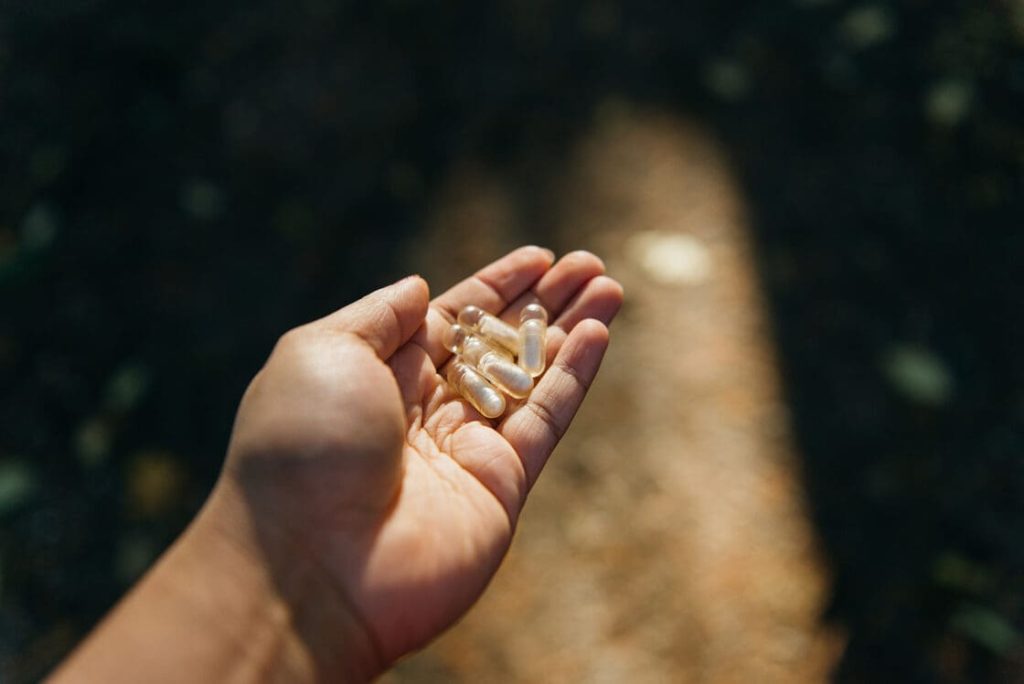My favorite morning ritual from another culture

Mornings set the tone for the rest of the day. For years, my mornings were a blur of alarms, rushing, and caffeine gulped down on the way out the door. But everything changed when I learned about the Japanese morning ritual called “Asa Geiko”, a mindful routine practiced in some Zen monasteries and by many Japanese people seeking harmony between mind and body. Over time, this ritual has become my favorite way to greet the day — even though it comes from a culture halfway across the world.
A Different Way to Begin the Day

In many parts of the world, mornings are noisy and chaotic. The Japanese approach to mornings, however, emphasizes calm, cleanliness, and presence. Asa Geiko roughly translates to “morning practice” and traditionally involves waking up before sunrise, engaging in mindful activities, and preparing both the body and environment for the day ahead.
When I first read about Asa Geiko, I was struck by how intentional it felt. Instead of starting the day by checking phones or hurrying through breakfast, people focus on centering themselves and showing gratitude for a new day. I decided to try it — and it quickly became something I looked forward to each morning.
Step 1: Rising Before Sunrise
The first part of the ritual is waking up early, often around 4:30 or 5:00 a.m. At first, this was a challenge. I was used to hitting snooze multiple times. But gradually, my body adjusted. There’s something almost magical about being awake while the world is still quiet. The streets are empty, the air is fresh, and there’s a soft light that makes everything feel peaceful.
This early rising isn’t just about productivity; it’s about connecting with the natural rhythm of the day. Watching the sunrise became a small but powerful reminder that every day is a fresh beginning.
Step 2: Cleaning as Meditation
One of the most fascinating parts of Asa Geiko is morning cleaning. In many Japanese schools and temples, cleaning is a communal activity performed in silence. The idea is that tidying your space is also a way of tidying your mind.
I began spending about 15 minutes each morning wiping surfaces, sweeping the floor, or organizing my desk — not as a chore, but as a quiet practice. I noticed that by decluttering my space before starting work, I felt mentally lighter and more focused. This simple act transformed cleaning from a weekend task I dreaded into a meaningful daily ritual.
Step 3: Mindful Movement

Another essential part of Asa Geiko is gentle movement, often through exercises like radio taiso — a short series of stretches broadcast across Japan every morning — or through simple yoga and walking meditations.
I incorporated a 10-minute stretching routine while listening to traditional Japanese instrumental music. It awakened my body without the intensity of a workout. On some days, I take a short walk around the block, paying attention to the sounds of birds or the feel of the air. This moment of movement helps me transition from sleep to wakefulness in a smooth, intentional way.
Step 4: A Simple, Nourishing Breakfast
Unlike rushed Western breakfasts or sugary cereals, the Japanese morning meal is often light, balanced, and carefully prepared. It might include rice, miso soup, grilled fish, and pickled vegetables — a combination that provides steady energy without overwhelming the stomach.
While I don’t replicate the traditional meal exactly, I started preparing a simple breakfast that I sit down to eat without distractions. No phone, no TV. Just me, my food, and a few quiet moments to be grateful. This mindful eating practice has made me feel more nourished and less hurried.
Why This Ritual Stands Out

What makes this morning ritual my favorite is its holistic approach. It’s not just about one activity, like exercise or meditation. It weaves together elements of nature, mindfulness, cleanliness, movement, and nourishment. It doesn’t require expensive tools or special skills — just time, intention, and presence.
Unlike my old routine, which left me feeling scattered and rushed, this ritual creates a sense of inner calm and order before the busyness of the day begins. I’ve noticed improvements in my focus, mood, and even sleep quality. Most importantly, it has taught me to view mornings not as a hurdle, but as a gift.
Bringing Cultural Wisdom Home
Adopting a ritual from another culture is not about copying it perfectly. It’s about respectfully learning and adapting elements that resonate with your life. I don’t live in a Zen temple, but I can bring the spirit of Asa Geiko into my urban apartment.
This morning practice has become a meaningful part of my identity. It reminds me that sometimes, the best way to improve our lives is to look beyond our own habits and embrace the wisdom of other cultures.
Conclusion
My favorite morning ritual — the Japanese Asa Geiko — has transformed how I start my days. Through early rising, mindful cleaning, gentle movement, and intentional eating, I’ve found a rhythm that balances productivity with peace. In a world that often pushes us to hurry, this ritual invites me to slow down and be present, one sunrise at a time.

